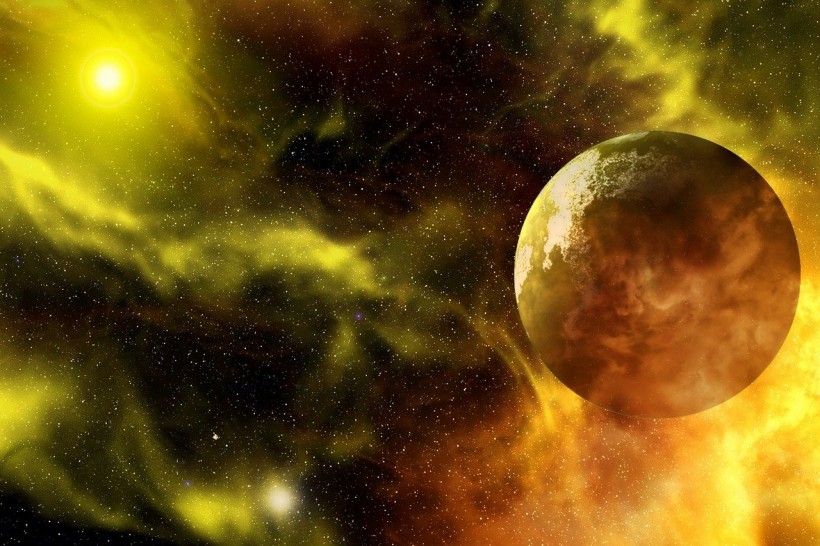Continents are crucial for Earth's life, floating on a heated mantle, preventing solidification. Cardiff University researcher Jane Greaves explores when the universe's first continents formed, publishing her findings in the American Astronomical Society's Research Notes with a title "When were the First Exocontinents?".

Exploring the Origins of Exocontinents: How Plate Tectonics Shapes Habitable Worlds
Importance of Continents and Plate Tectonics on Planets
A 2021 study revealed that Earth's first continents, called cratons, likely emerged from the ocean between 3.3 billion and 3.2 billion years ago, revising earlier estimates that placed this event around 2.5 billion years ago. This research pushes back the timeline for the formation of cratons, indicating a more ancient origin.
As for Greaves' research, it aims to enhance the quest for habitable planets. If continents and the plate tectonics enabling them are vital for life, pinpointing potential locations for rocky planets can improve this search.
Why are continents and plate tectonics significant? While not indispensable for life, they moderate Earth's temperature, releasing core heat and preserving the protective magnetosphere. Plate tectonics also maintains Earth's Goldilocks Zone, although early Earth research suggests they weren't as active during life's emergence.
Therefore, the hunt for habitable planets should favor rocky ones with plate tectonics and, ideally, continents. Continents promote longer-lasting biomass, with plate tectonics shaping these vital landmasses.
READ ALSO: Scientists: Two Newly Discovered 'Super Earth' Exoplanets Are Habitable
Finding Exocontinents in the Universe
Greaves devised a method to identify planets potentially harboring continents by assessing their potential for plate tectonics. This assessment centers on the crucial factor of heat generation within a planet's core, a phenomenon well-understood in the case of Earth.
The core's heat production is attributed to the presence of radioactive isotopes, specifically 238Uranium, 232Thorium, and 40Potassium. Over immense geological timescales, these elements undergo decay, releasing heat as a result. These isotopes originate not by chance but through processes within neutron stars and supernova explosions.
Understanding this intricate interplay between celestial bodies requires a broad perspective, which Greaves' research endeavors to provide. She introduces an exploratory method designed for hypothetical Earth-like planets orbiting stars with known photospheric element abundances. This method aims to infer the extent of planetary radiogenic heating.
Crucially, the link between stars and the planets they nurture plays a pivotal role. Planets emerge from the same solar nebula that gives birth to stars, and as such, their chemical composition mirrors that of their parent stars. Greaves leverages data from prior studies on stellar element abundances, pairing it with star ages derived from the Gaia mission.
Her research further discriminates between two distinct groups of stars: thin-disk stars, generally younger with higher metal content, and thick-disk stars, characterized by their greater age and lower metallicity. Through these endeavors, Greaves aims to offer a broader understanding of the factors influencing planetary conditions conducive to continents and plate tectonics.
She is also optimistic in finding habitable exocontinents, citing promising candidates among Sun-like stars nearby. The focus now shifts to examining the abundance of thorium and potassium isotopes in stars, potentially revealing ancient planetary systems where terrestrial life might have preceded Earth's emergence.
RELATED ARTICLE: Underground Oceans on Exoplanets Significantly Increase Changes in Finding Habitable Planets, Study Finds
Check out more news and information on Space in Science Times.














